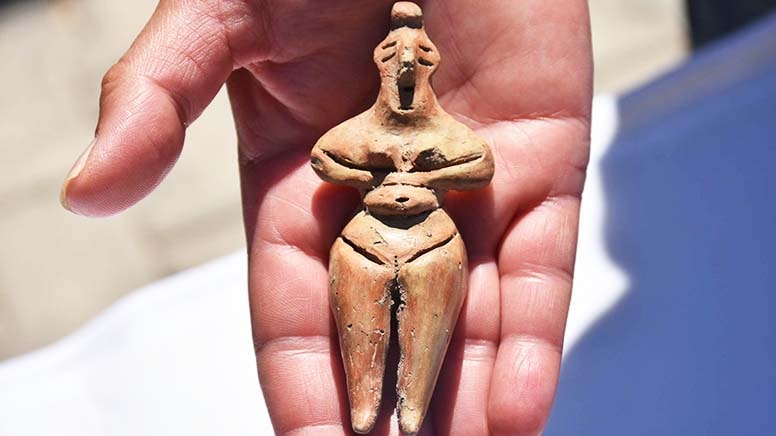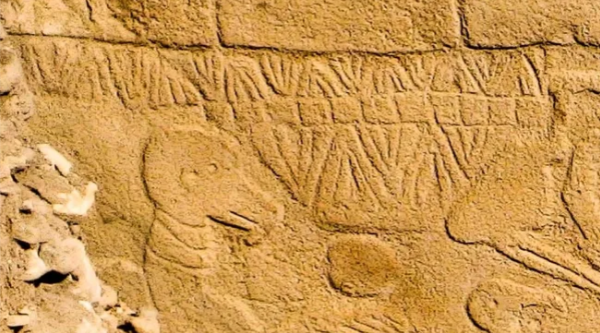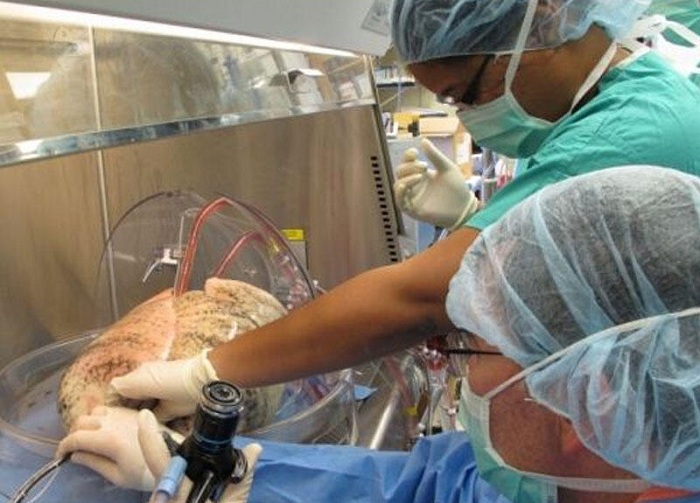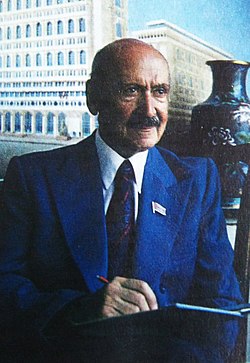
- A-
- A
- A+
Academician Mikayil Useynov’s 115th anniversary of birth
On April 19, 115 years have passed since the birth of Academician Mikail Useynov, world renowned architect, USSR People Architect, Honored Art Worker of the Azerbaijan SSR, Laureate of the USSR and Azerbaijan SSR State Prize, Honorary Member of the Royal Asian Society of Great Britain and Ireland, one of the first 15 founders of the Academy of Sciences of the Azerbaijan SSR.
Mikayil Alasgar oglu Useynov was born in 1905, Baku. In 1911, M. Useynov entered the Baku real school. In 1921 he completed his studies at the 5th Soviet school stage II. In 1922 Useynov enrolled in the Faculty of Engineering of the Azerbaijan Polytechnic Institute.
In the years of 1924-1928, M. Useynov and S. Dadashov carried out survey work in Divankhana and the Khan Palace, which today cause delight of its general idea and the high level of performance, and in 1926 won first prize in the open competition, dedicated the monument to great Azerbaijani poet Nizami.
In December 1929, defended his thesis on project "The Palace of Culture and Library in Baku", and received a diploma of engineer-architect.
1930-1940 years were a crucial period in the works of the young wizard. During these years, many projects of new residential and public buildings have been created, thanks to which the architecture of Baku has been greatly enriched. The fruits of creativity of the architect M. Useynov can be attributed to the best examples of Azerbaijani architecture of the XX century.
In 1934, the announcement of competition for the House of the Government of the Azerbaijan SSR in Baku was a great event in the life of architects and the entire Azerbaijani society. After his competition, in which M. Useynov and S. Dadashov have been among the winners of the State Prize of the USSR, began development stage in the history of Azerbaijani architecture.
Among the works of M. Useynov done in the beginning of the war, a special place was taken by the Museum of Azerbaijan Literature named after Nizami.
The Great Patriotic War dramatically changed the nature of Azerbaijani creativity of architects. M.Useynov and S. Dadashov were assigned the task of large industrial facilities disguise defensive and agricultural value.
In 1945, attached to the Academy of Sciences of Azerbaijan was established the Institute of Architecture and Art, which became an important center for research into the history of the Azerbaijani architecture and training of highly qualified scientists, architects and art historians.
In 1949, the 800th anniversary of the birth of the great Azerbaijani poet Nizami Ganjavi his monument was jointly designed by architects. The first monument to the great poet was designed by M. Useynov and built in Ganja in 1947.
In the same year, a prominent architect designed the building project of the Azerbaijan State Public Library and the complex of buildings of the Academy of Sciences of Azerbaijan.
The rapid development of construction in the postwar years has set the problem of Azerbaijani architects’ mass industrialization of residential buildings. In this regard, in 1949-1950, M.Useynov developed a number of projects of residential buildings, taking into account the peculiar climatic conditions of Baku and Absheron.
1957-1959 years were fruitful in terms of erecting monuments of prominent statesmen, writers and poets. Over the years, M. Useynov created interesting and unique monuments: V.I.Lenin’s monuments in Moscow and Nakhchivan, Samed Vurgun in Gazakh, "Independent woman" and “Mehdi Huseynzadeh” monuments in Baku.
In 1964, due to the need to expand the Azerbaijan State Conservatory joint project of the new building of the Opera Studio was designed with architects.
In 1977, the new hotel "Moscow" was designed by M. Useynov on wonderful territory.
In 1967 commissioned underground station "N. Narimanov" Baku Metro, which designed by him.
Central Library of the Academy of Sciences of Azerbaijan SSR, created in recent years by M. Useynov, became a bright piece of art.
M. Useynov has established 250 projects, many of which were built.
Scientific-pedagogical, creative and social activities of the Hero of Socialist Labor, People's Architect of the USSR, Academician of the Academy of Sciences of Azerbaijan SSR, Doctor of architecture, Professor M.Useynov was very wide and varied.
He was the only domestic architect who was elected an honorary member of the Royal Asiatic Society of Great Britain and Ireland, is under the patronage of Queen Elizabeth II.
In June 1992, M.Useynov was elected an honorary member of the International Academy of Architects, while world-renowned architects F. Johnson (USA), P. Vago (France), Charles K. (India) and others were honorary members of this academy.
An outstanding representative of the Azerbaijani school of architecture was also a historian of architecture, Professor (1939), an active member of the Soviet Academy of Architecture (1950-1956; Corresponding Member (1941), Academician of the Academy of Sciences of Azerbaijan SSR (1945), People's Architect of the USSR (1970), Hero of Socialist Labor (1985), honored Artist of Azerbaijan SSR (1940), laureate of USSR State Prize (1941), laureate of the State Prize of Azerbaijan SSR (1967), Doctor of architecture (1950), Honorary Member of IV and V convocations of the Supreme Soviet of the USSR (1954-1962) , an Honorary Member of the Royal Asiatic society of Great Britain and Ireland (1985), member of the Supreme Council of the Azerbaijan SSR, and IV and V convocations of the Supreme Soviet of the USSR.
Professor Mikayil Useynov was only 40 years old when he was elected an active member and one of the 15 founders of the Academy.
Mikayil Useynov died in autumn 1992, at the age of 87 and buried in the Alley of Honor I.
©All rights are reserved. Citing to www.science.gov.az is necessary upon using news.
Similar News
Links
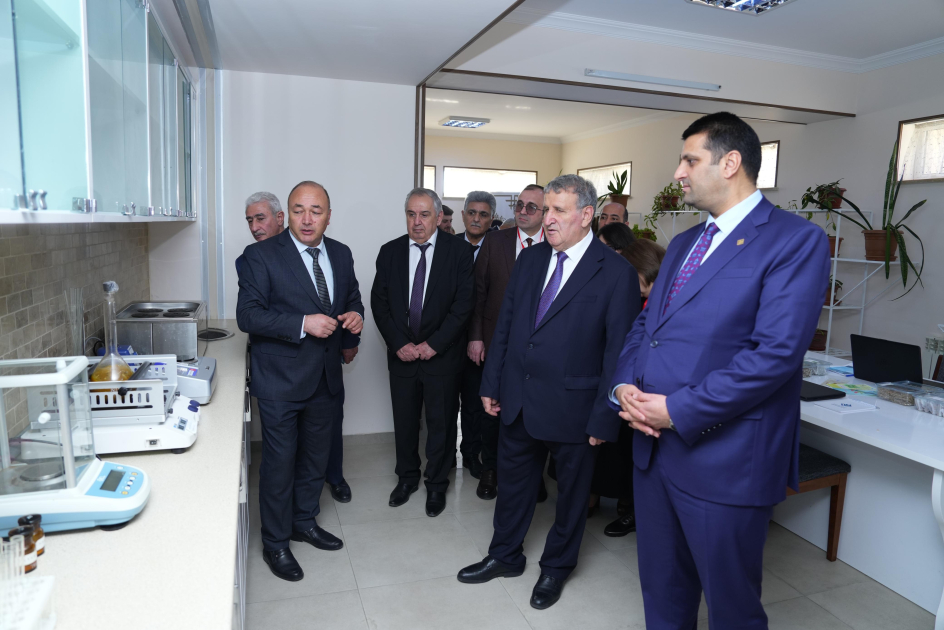


 Elm TV
Elm TV
 Photo
Photo
 Video
Video
